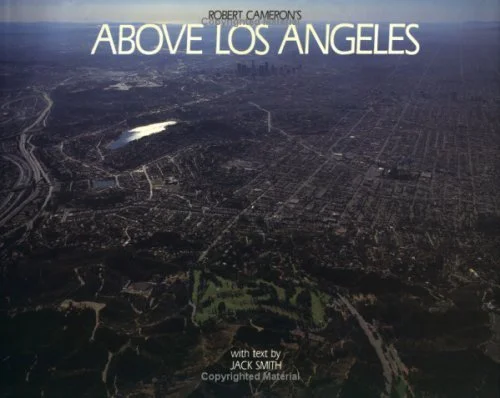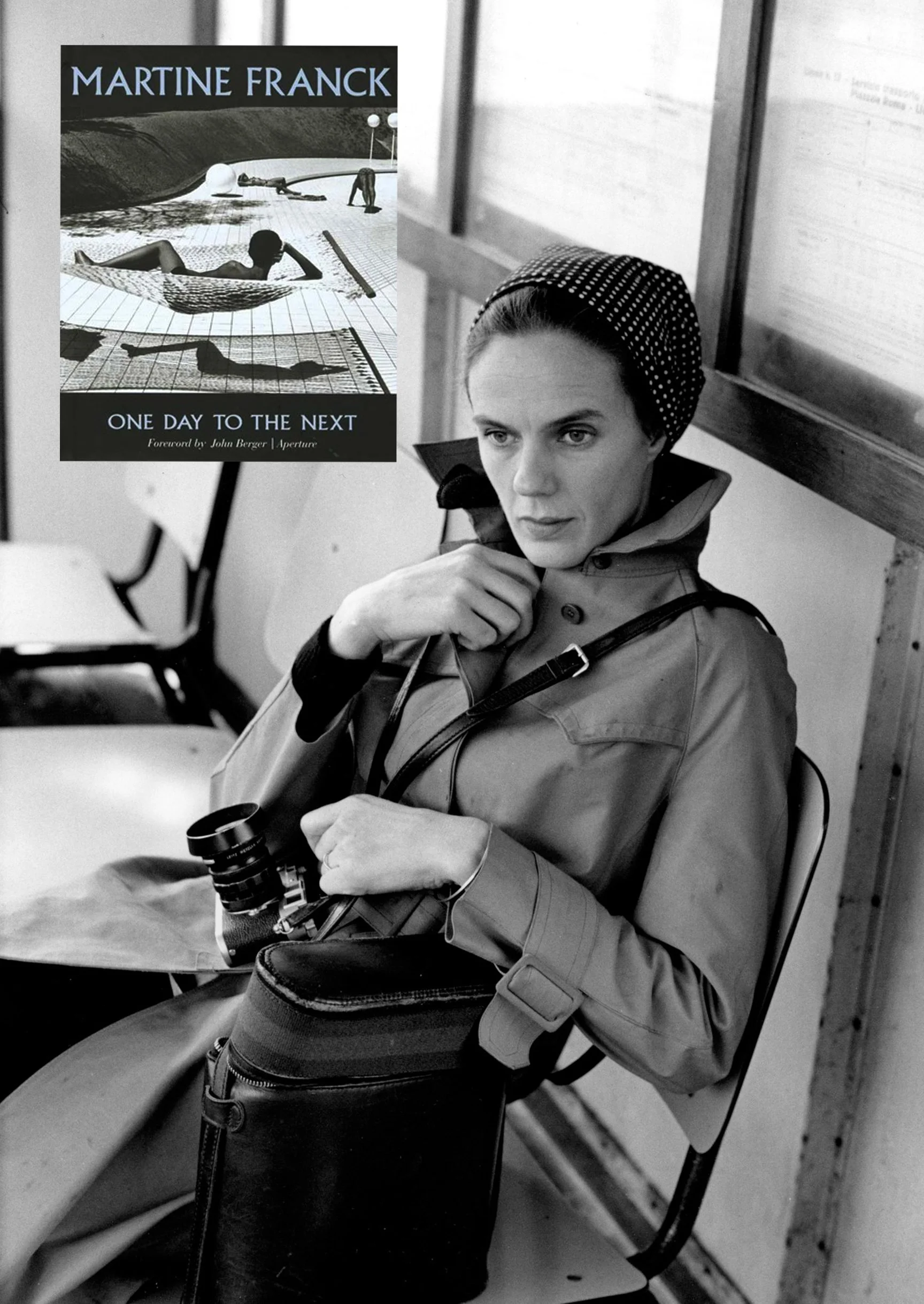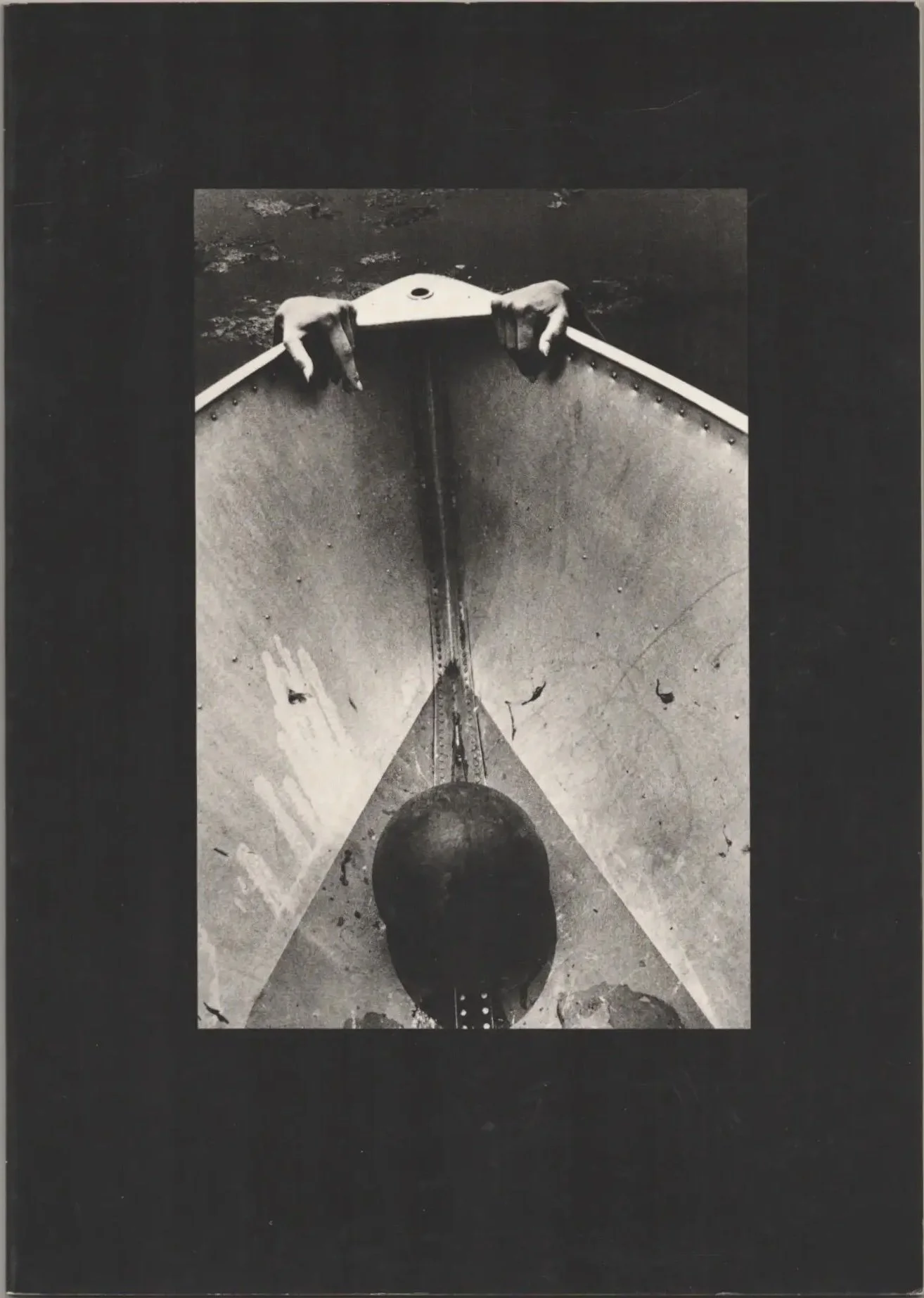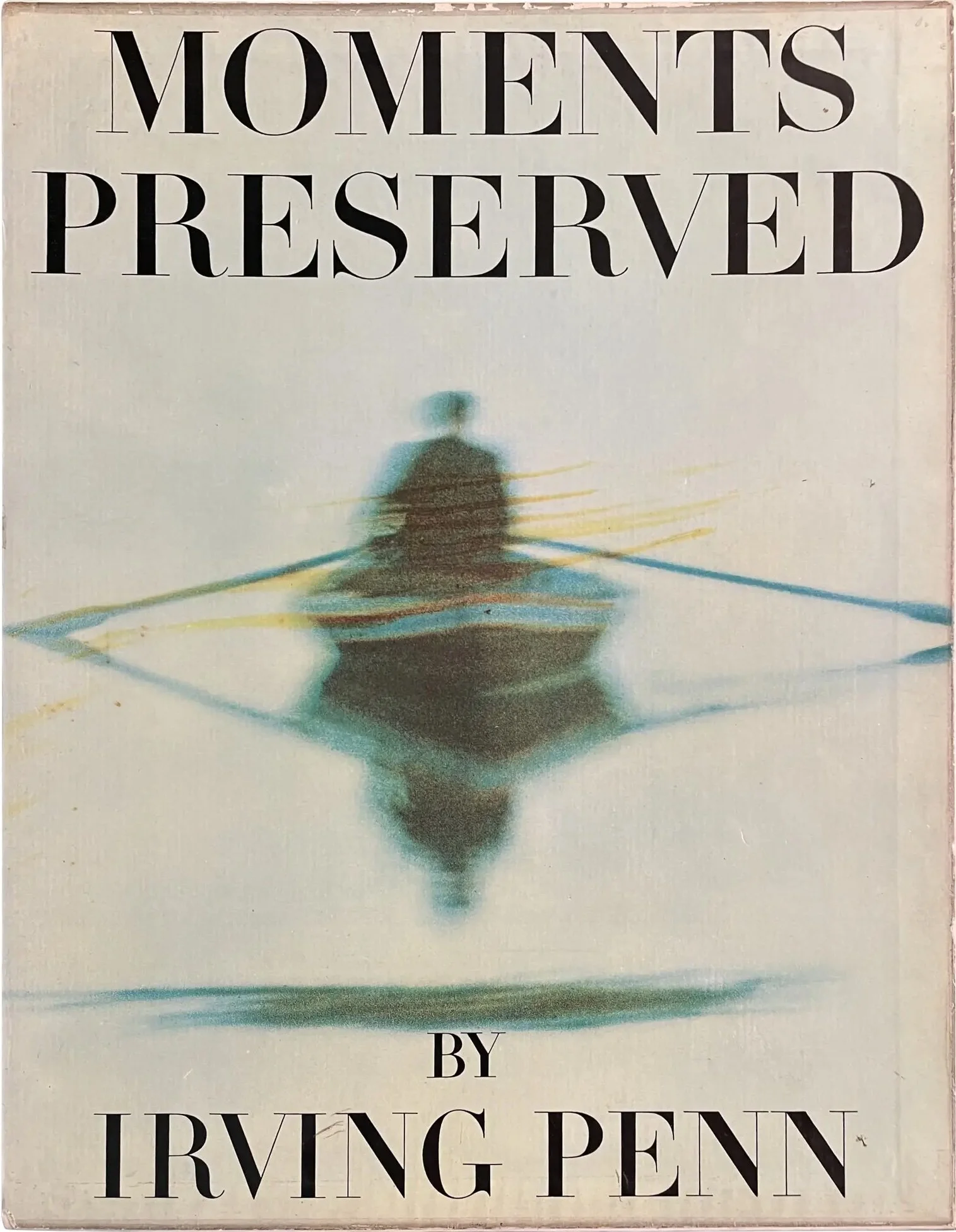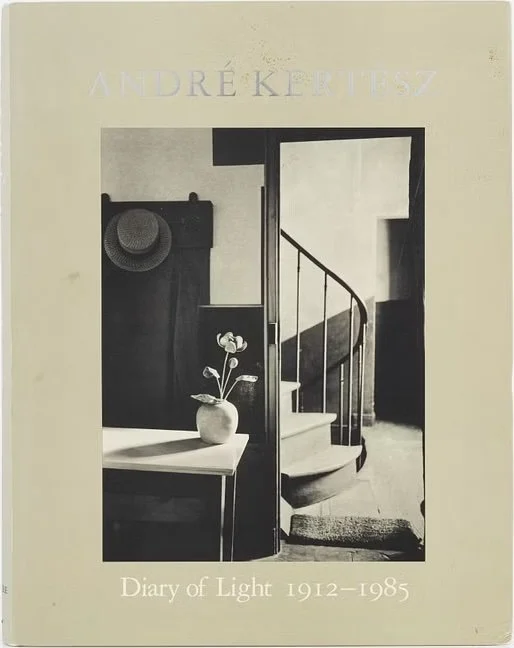AUTO Focus 2
Stephen Vanasco's Favorite Photography Books
For photographer Stephen Vanasco, the act of making images is tied to the practice of looking at the world with intention. His approach is shaped by photographers who have defined the medium and continue to inform his way of seeing. In this edition of AUTO Focus, Vanasco shares a selection of photo books that have influenced his artistic practice. The books he turns to range from documentarians to studio legends reflecting a shared attention to form, composition, and emotion. The work of these photographers continues to play a role in how Vanasco approaches his own practice, offering insight and perspective as he moves between different modes of working whether he's on the street, shooting from the air, or in the studio.
We recommend checking out Stephens work @stephenvanasco and www.stephenvanasco.com
Ari Marcopoulos Stoopz
Stoopz was published in 2010 by OHWOW, a gallery and publisher that, at the time, was a key force in contemporary art and underground culture. Known for producing limited-run, artist books, OHWOW became a hub for creative figures operating at the intersection of fine art, skateboarding, music, and street culture. Many of its early publications including Stoopz are now long out of print and highly collectible. OHWOW would eventually evolve into Morán Morán.
Stoopz, released in tandem with Ari Marcopoulos’s 2010 solo exhibition No Cause at OHWOW’s Miami gallery, stands out as a vital document of New York City's early 90s skate scene. Marcopoulos, already known for his unfiltered style, photographed the scene from a position of familiarity and access. Rather than observing from the outside, he captured the atmosphere of a tight-knit community on its own terms - skaters, city kids, and the streets that had yet to be commercialized and widely mythologized.
The images in Stoopz are less about performance and more about presence, offhand portraits, moments between, and the city in flux. At a time when skateboarding was still defiantly local, Marcopoulos was documenting a scene that would later become iconic. The book reads now not only as a piece of visual storytelling, but also as a time capsule of a New York that has since been transformed and shaped the aesthetic of a global culture.
Robert Cameron Above Los Angeles
Above Los Angeles was published in 1984 by Cameron & Company as part of Robert Cameron’s well-known “Above” series, which captured major cities across the world from a bird’s-eye view. The series beginning with Above San Francisco in 1969 was notable for its striking use of color, clarity, and scale, offering a comprehensive and almost architectural perspective on urban environments. Above Los Angeles stands out in the series for the way it documents the city’s expansive sprawl, weaving together aerial views of freeways, coastlines, neighborhoods, and downtown skylines into a singular portrait of Southern California’s ever-evolving landscape.
It’s clear that Above Los Angeles has left a lasting impression on Vanasco’s practice. His own aerial photography shares Cameron’s fascination with perspective, form, and the visual rhythms of the city from above. But where Cameron’s work leans toward clinical documentation, Vanasco brings a more personal compositional edge, drawing on his deep connection to Los Angeles. The influence is less about imitation and more about continuing a visual conversation, looking at the same landscape through a different lens, in a different era, but with the same intent to understand and represent the scale, beauty, and contradictions of Los Angeles.
Martine Franck One Day to the Next
Franck’s D’un jour, l’autre was first published in 1998 by Éditions du Seuil in France. This French-language edition presents a selection of Franck’s black-and-white photographs, exploring a range themes such as childhood, old age, the arts, and everyday life. It features an insightful introduction by acclaimed writer and art critic John Berger, highlighting Franck’s humanist vision.
That same year, the English-language edition titled One Day to the Next was published by Thames & Hudson in London and Aperture in New York.
Martine Franck was a renowned French-Belgian documentary and portrait photographer known for her humanist approach and work with Magnum Photos. Her photography focused on capturing quiet, intimate moments of everyday life with empathy and sensitivity. In One Day to the Next, Franck presents a powerful collection of images that reflect her deep interest in human dignity, culture, and the passage of time. The book showcases her talent for observing fleeting yet meaningful instances, offering viewers a thoughtful meditation on life and humanity through the lens of her camera.
Ernest Cole The True America
The True America was published in 2024 by DelMonico Books. The publication builds upon Cole’s historic legacy and follows the rediscovery of his previously unseen work documenting life in the United States during the 1960s and 70s.
This book offers a powerful portrait of America through the lens of Ernest Cole. Known for his fearless and humanistic approach, Cole captures scenes of race, class, and everyday struggle with stark clarity and emotional depth. The True America showcases moments of resilience and injustice, offering an unflinching look at a nation in transition with the insight of an outsider.
Fred Lyon San Francisco Then
San Francisco, Then was first published in 2010 by Modernbook Editions as a limited edition release. This special edition featured 70 duotone plates, bound in cloth and presented in a clamshell box with a signed gelatin silver print, limited to 100 copies. A mass-market edition followed in 2014, published by Princeton Architectural Press, expanding the reach of Lyon’s iconic images to a broader audience.
This book offers a timeless portrait of San Francisco through the lens of Fred Lyon. With his elegant, noir-inspired photography, Lyon captures the city’s fog-shrouded streets, distinctive architecture, and colorful characters. San Francisco Then showcases the spirit of mid-century San Francisco, offering a nostalgic yet vivid glimpse into a city alive with charm, mystery, and resilience.
Imogen Cunningham A Retrospective
Imogen Cunningham: A Retrospective was first published in October 2020 by Getty Publications. This comprehensive volume was released in conjunction with a major exhibition at the J. Paul Getty Museum in Los Angeles and the Seattle Art Museum, marking the first full retrospective of Cunningham’s work in over thirty-five years.
This book offers an in-depth exploration of Imogen Cunningham’s illustrious career through the lens of Paul Martineau and Susan Ehrens. With nearly 200 images, the retrospective showcases Cunningham’s versatility from intimate portraits and botanical studies to modernist nudes and street photography. The essays draw from extensive primary sources, including letters and family albums, providing a nuanced understanding of Cunningham’s motivations and work.
Ralph Gibson The Somnambulist
The Somnambulist was first published in 1970 by Lustrum Press, marking the debut of Ralph Gibson’s own publishing imprint. At the time, Gibson invested $4,000 to self publish, money he didn’t have to produce the book while falling behind on rent. Despite these challenges, the publication became a defining moment in independent photo book publishing and defined Gibson’s career. Unconventional in structure, the book set a new tone for photo sequencing and personal narrative in photo books.
The work itself presents a surreal, atmospheric study of the unconscious mind, rendered in Gibson’s signature high-contrast black-and-white. Rather than relying on straightforward storytelling, The Somnambulist unfolds through mood and association, inviting viewers to move through a sequence of dreamlike images that challenge linear interpretation. It’s a book that helped reframe how photography could function on the page not just as documentation, but as suggestion, symbol, and psychological space.
This kind of sequencing and visual language has had a clear influence on Vanasco. While Vanasco’s subject matter often centers on urban life and environments, his photo books share a similar approach in how they are built. Like Gibson, Vanasco treats editing and sequencing as part of the creative act, not just a final step in production. The inspiration isn’t just aesthetic; it’s structural, showing how a photo book can become its own immersive experience, shaped as much by feeling as by form. In that way, The Somnambulist remains an important reference in Vanasco’s evolving relationship with publishing and photographic narrative.
Irving Penn Moments Preserved
Moments Preserved was first published in 1960 by Simon & Schuster. This landmark monograph marked Irving Penn’s debut as a published photographer, featuring an introduction by Vogue art director Alexander Liberman. The book was produced with meticulous attention to detail, reflecting Penn’s commitment to high-quality craftsmanship.
This book offers a rich portrait of Irving Penn’s early work through a curated selection of photographs taken during his first seventeen years of assignments for Vogue. With his signature elegance and precision, Penn captures a diverse array of subjects, including portraits, still lifes, fashion, and travel scenes from locations such as France, England, Italy, Spain, Peru, and Morocco. Moments Preserved showcases Penn’s versatility and keen eye for detail, providing insight into his creative process and the world of mid-century fashion and portrait photography
Andre Kertesz Diary Of Light
Diary of Light 1912–1985 was first published in 1987 by Aperture in association with the International Center of Photography. This definitive monograph features over 175 black-and-white tritone photographs, including 152 full-page plates. The book includes a foreword by Cornell Capa and an essay by Hal Hinson, providing insight into Kertész's contributions to photography.
This book offers a comprehensive portrait of André Kertész’s illustrious career through a curated selection of photographs made during his lifetime. With his signature elegance and precision, Kertész captures a diverse array of subjects, including portraits, still lifes, fashion, and travel scenes from locations such as Hungary, France, and the United States. Diary of Light showcases Kertész’s versatility and keen eye for detail, providing insight into his creative process and the world of mid-century photography.


